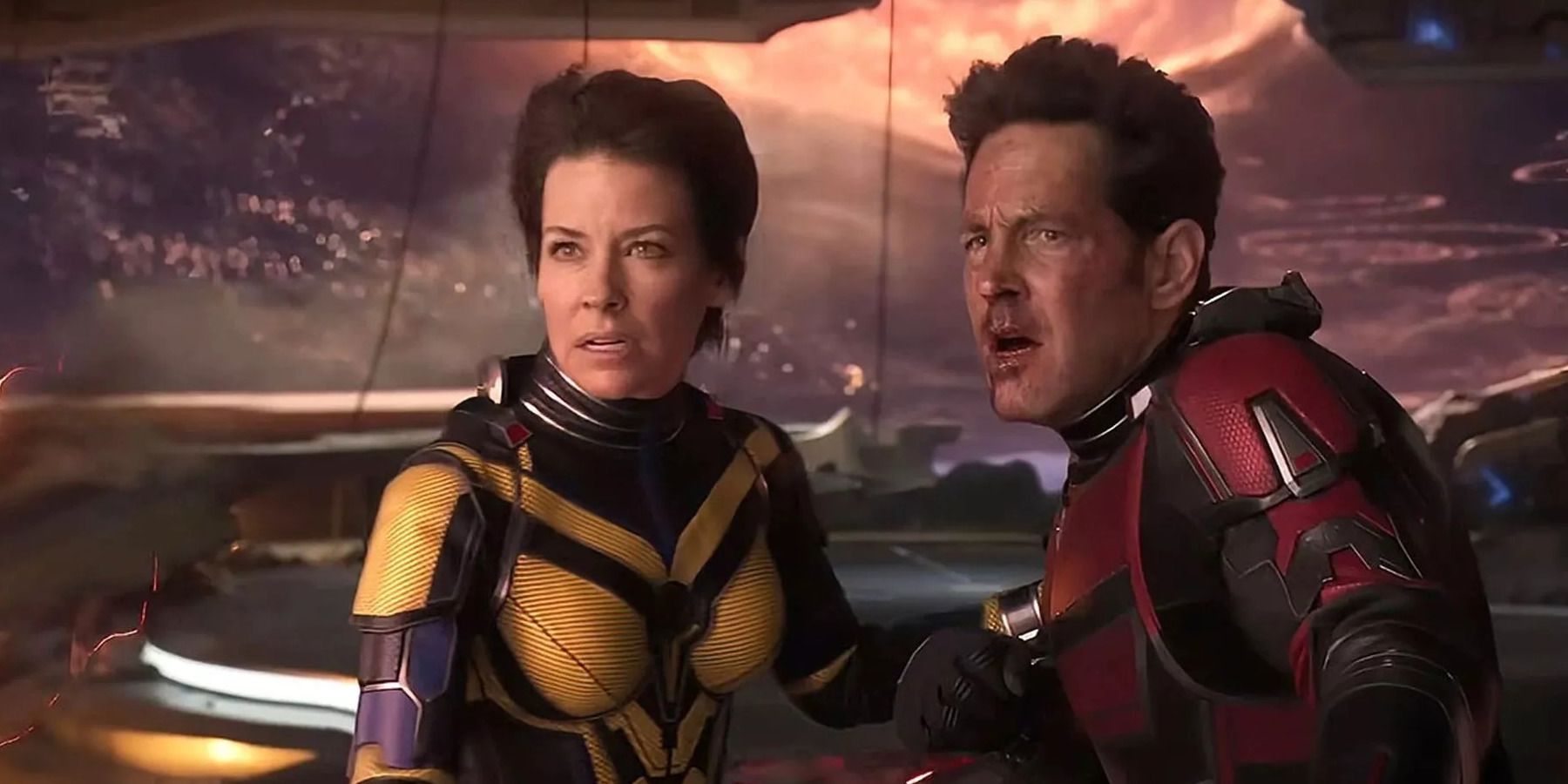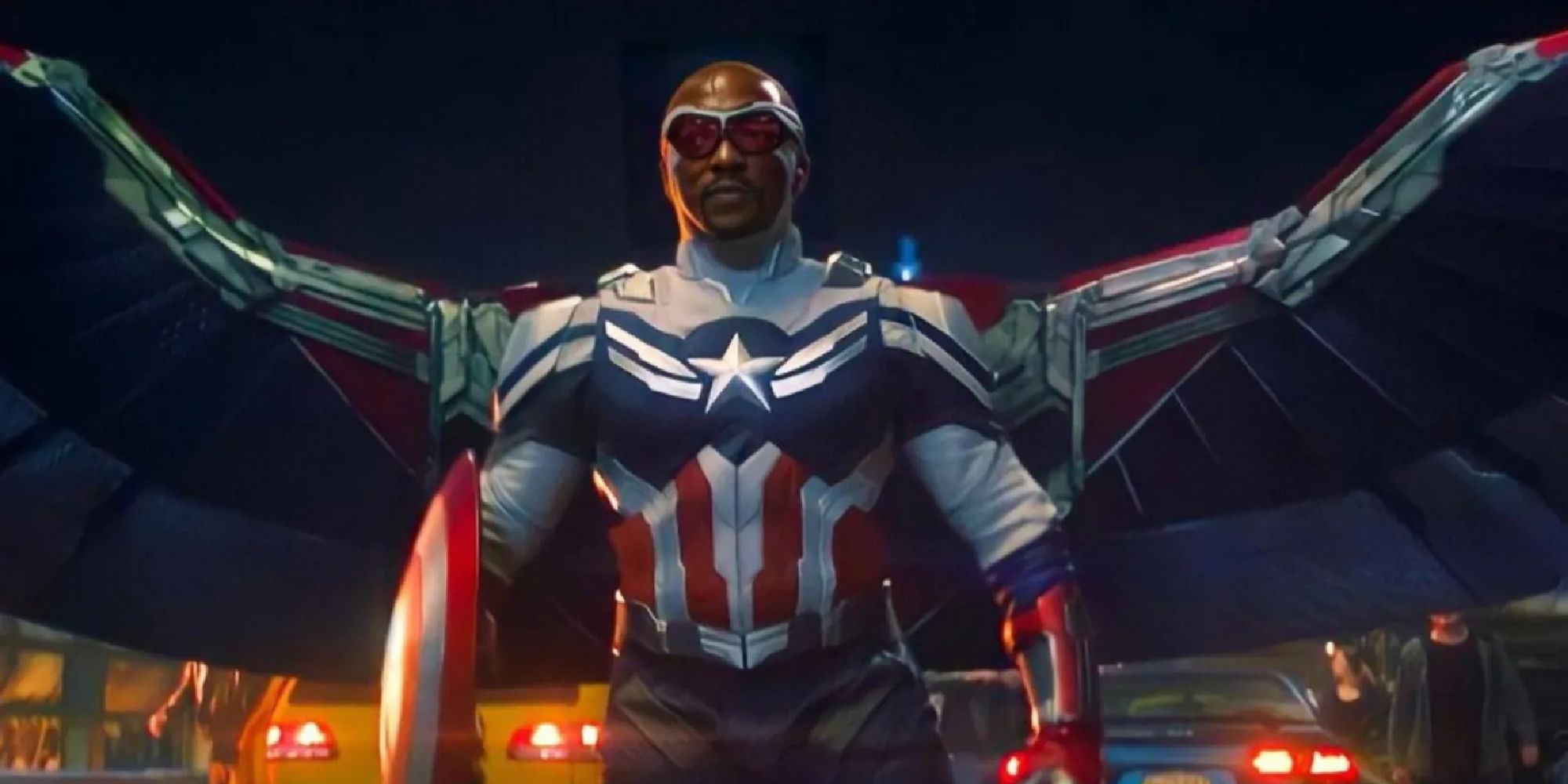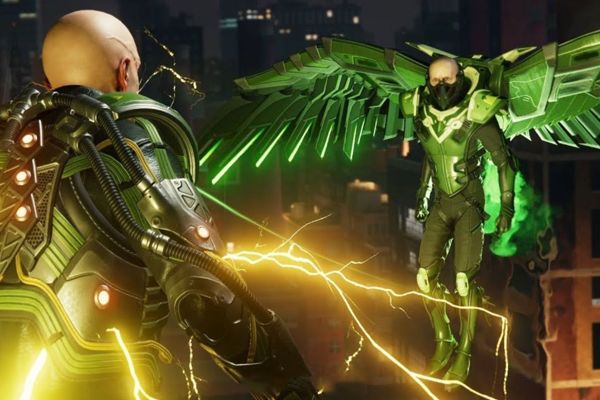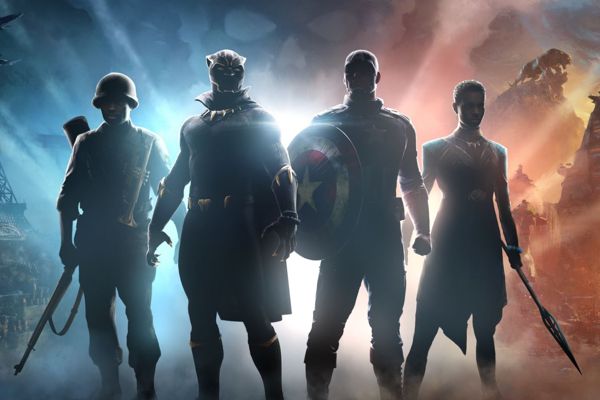
The Bright Future Awaiting Marvel Beyond the Current State of Hollywood

Will Marvel overcome the challenges in Hollywood? Examining underperforming projects, CGI reliance, and production delays, this article explores the current state of Marvel and its potential for recovery
Highlights
Marvel's golden era may be coming to an end as movie theaters struggle and audiences become less willing to support big-budget blockbusters.
Most Marvel releases suffer from the problem of excessive budgets and a decline in reputation, not necessarily their inability to generate revenue. The heavy reliance on CGI by Marvel has resulted in audiences mocking their movies, while their mistreatment of VFX professionals has fostered an abusive work environment. It is imperative to address these issues in order to restore trust and support from fans.
Once upon a time, the Marvel Cinematic Universe had everyone buzzing with excitement over its cultural dominance. It's difficult to remember a time when the prospect of ten more years of interconnected superhero films and intricate storylines didn't evoke enthusiasm. Over the past few years, the MCU has gifted us with some truly exceptional works of genre filmmaking. However, it seems like their glorious era is on the decline, and the endgame may be approaching sooner than anticipated.
With movie theaters facing one blow after another, audiences are growing less inclined to support big-budget blockbusters. The very existence of the beloved pastime of going to the movies is at risk of extinction, which is a strong incentive for film enthusiasts to welcome anything new and unique with open arms. As the market becomes saturated with repetitive offerings, the old guard is left with no choice but to embrace innovation or face demise.
Marvel Projects Have Underperformed
Marvel movies are undeniably lucrative, but their financial success has been difficult to analyze. One prime example is Ant-Man and the Wasp: Quantumania, the first film of Phase Five. With Phase Four marred by the ongoing pandemic, the returns of several movies were adversely affected. Ant-Man's third installment managed to earn $476.1 million on a $200 million budget, surpassing the typical production and marketing costs, but fell short of Marvel's break-even point of $600 million. It experienced a steep 69% drop in its second weekend and received a lackluster 46% positive rating on Rotten Tomatoes. Though Guardians of the Galaxy Vol. 3 fared better, Ant-Man was not the only disappointment.
The issue with most Marvel releases is not their profitability, as the brand alone ensures a lucrative nine-figure return. The problem lies in the skyrocketing budgets and dwindling reputation. To be considered a success, each movie needs to generate three to four times its production budget. This expectation is not unique to Marvel, as other blockbuster films have faced similar challenges. Disney is expected to deliver consistent growth on the balance sheet every quarter to keep its shareholders satisfied, leaving no room for regression. The studio cannot afford to go backward or lose momentum. Each release must build upon the success of its predecessor and lay the groundwork for the next big hit. If the foundation starts to weaken, the entire empire could suffer a decline.
Overreliance on CGI Has Hurt Marvel
Marvel's VFX has become widely criticized for its use of subpar CGI instead of practical effects. The use of digital creations extends beyond action sequences and alien characters, encompassing mundane elements like office walls or empty city streets. Despite audience backlash, Marvel continues to rely heavily on computer-generated imagery due to its convenience. The flexibility of CG allows for easy changes without reshoots and enables producers, legal representatives, and studio heads to request significant modifications without rebuilding sets. Additionally, the unavailability of actors for reshoots further compels the studio to create impactful footage from the start. However, there is a darker aspect to Marvel's approach, stemming from their mistreatment of VFX professionals with a sordid history. While other crew members, such as set designers, costume designers, and location scouts, are affiliated with film unions, VFX artists lack such representation. Marvel has cultivated a culture of abuse, subjecting their VFX professionals to grueling work schedules and imposing unrealistic deadlines. They are known for demanding extensive revisions, sometimes even recreating an entire film's third act just weeks before its scheduled release, and punishing artists who fail to meet these demands. As one of the industry's largest studios, Marvel wields its power to bully and mistreat the very professionals who contribute to the quality of their films. CGI artists should learn from other film unions and seek proper support and protection.
The Strikes Have Pushed Everything Further Back
To regain fan support and improve their reputation, Marvel must address issues, produce high-quality films, and rectify their treatment of employees. Unfortunately, rather than fairly compensating individuals, the studio appears willing to allow everything to crumble. The impending strikes by the WGA and SAG-AFTRA will greatly impact all major studios, including Marvel. The previous WGA strike brought significant changes to the film and TV industry, and this current strike has the potential to reshape the medium. Marvel will undoubtedly face strong criticism. If the studio prioritizes protecting their profits over providing a decent wage to those who contribute to their success, they will face the consequences they deserve.
Marvel is accountable for its current predicaments, but they can find solutions to all of their problems. Their rise to the top of the entertainment industry was achieved by momentarily setting aside their greed to generate greater profits in the future. Other studios attempting to replicate the success of Marvel’s cinematic universe have failed due to their desperation and lack of restraint. Marvel can return to success by engaging in fair negotiations with labor, compensating individuals appropriately, and allowing filmmakers the creative freedom to produce art that attracts both new and loyal fans. The world eagerly awaits whether the world’s largest roster of superheroes can save themselves.















